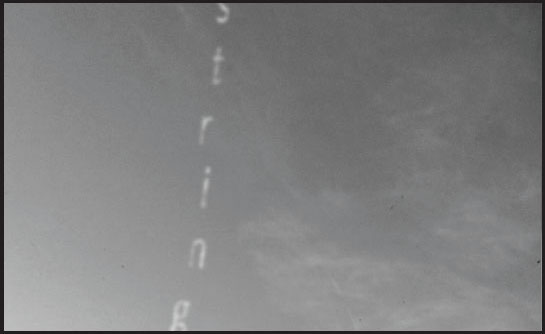
Early in 1911, Art Smith, The Bird Boy of Fort Wayne, traveled the Midwest, his aeroplane shipped via rail from venue to venue, on what would become a tour of disasters, a series of malfunctions and crashes in Sterling and Mattoon, Illinois, and in Muncie, Indiana. Most often to blame for the catastrophes were the conditions of the landing fields of the various events. The local sponsors, having never before witnessed heavier-than-air flight, could not begin to imagine the proper conditions for a successful takeoff and landing. They failed to take into consideration and neglected to clear scrub and shrubbery, brush and bush, even whole mature trees obstructing a runway, if one could call it a runway at all, and Art Smith certainly did not. His paltry percentages of the gates at these fiascos barely began to pay for his costly repairs and his spartan accommodations of transportation to the next unscripted debacle.
Little did he know but at the same time in San Francisco a pilot named Eugene Ely successfully landed, for the first time in history, a plane on a ship at sea. His Curtiss pusher aircraft touched down on a teakwood platform built atop the hull of the armored cruiser USS Pennsylvania anchored in the middle of the bay. Hugh Robinson, a circus performer, concocted the apparatus that allowed an aeroplane to be trapped and arrested on such a short landing strip. A long metal hook, deployed from the plane’s keel, grappled a cable spread on the deck. The cable ends, threaded through a block and tackle and counterweighted with a carefully calibrated cluster of sandbags, stopped the craft over a few stretched yards. The Navy reported the event with much fanfare, calling it a Controlled Crash.
It was at this time too that Art Smith observed while en route, flying to yet another show, this time in Adrian, Michigan, the optical illusion created by the decreasing density of the air at altitude and the deflection of light in the thinning atmosphere that caused the apparent warping of the earth as one rose up above 4,000 feet. At those giddy heights and perhaps under the influence of several severe concussions, he hallucinated, feeling the physics of flight fall away from him and the band of gravity reassert itself, no longer invisible but there hauling his plane earthward as if on a leash. In the clouds, he said later, he saw a gigantic scaffolding of articulated springs and stays, struts and wires, a massive trapeze of suspended cirrus clouds descending from heaven onto which an aviator could affix, swinging from one vine to the next, a kind of aeronautic brachiation.
Over the years, after he invented the device to “skywrite,” Art Smith found as he fell, in a lazy corkscrew spin, that he had fallen into the habit of writing a kind of vertical signature or more accurately a ligature tethering certain descents, coupling the realms through which he navigated. Smoky stair steps, a wispy ladder.
Today, a full-scale replica of Art Smith’s early Flyer is displayed, suspended from the ceiling by means of a web of cables above the security checkpoint at the Fort Wayne International Airport. The fidelity of the model’s construction is exacting, right down to the greased cotter pins in the landing gear, and the viewer is reminded just how fragile and fraught the early aircraft were, rigged with piano wire and waxed leather stitching. The exacting attention to detail is obvious. There, one can see the baling twine or thongs of rawhide used in the hasty repairs long ago, splinting a strut, splicing a guy line through a grommet. The plane seems to float above the conveyors below, feeding the x-ray machines with the carry-on luggage and the pairs of shoes. If observed closely the aeroplane does seem to sway, the wires flexing, perhaps twisting in some ghost turbulence above the milling crowds waiting to board their own flights to somewhere else.